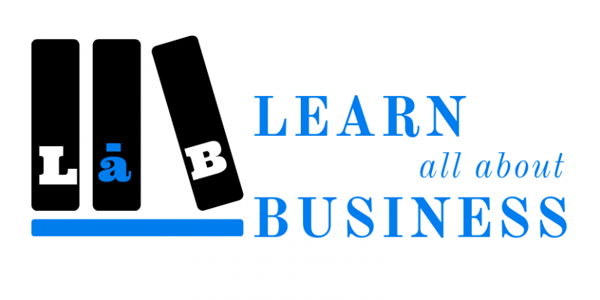 I teach a lot of online classes and as such, have used many different platforms. It’s clear to me that the course design–how I lay out the mix of resources, homework, classwork, and more–affects how students absorb and share knowledge. One of our Ask a Tech Teacher contributors knows a lot about how course design impacts learning. He’s boiled it down to three suggestions. I think you’ll like them:
I teach a lot of online classes and as such, have used many different platforms. It’s clear to me that the course design–how I lay out the mix of resources, homework, classwork, and more–affects how students absorb and share knowledge. One of our Ask a Tech Teacher contributors knows a lot about how course design impacts learning. He’s boiled it down to three suggestions. I think you’ll like them:
3 Ways To Improve Student Success With Strong Course Design
In the traditional classroom setting, there is not much we could do to ramp up students prior to the start of the course. Some students inevitably drop out as their expectations from the course were different from what the course was actually designed to deliver. Some underestimate the intensity of the course and complain after.
Ensuring that the students have a clearer picture of what your course is designed to do and what it’ll require is critical to student success, both in tangible results as well as their perception (perception is reality!). It may also be worth considering providing some prerequisite requirements or light learning so that students in your class are relatively on the same level from the start. All of this starts with a good course design.
According to an extensive survey of UK students, on average about 72.5% of learners (higher education and further education) believed that digital skills were crucial in their career but only about 50% believed that their course prepares them for it.
Many now expect some form of digital technology and personalisation to be a part of any learning programme. So what are some key factors you should consider to maximise student success in your digital classroom?
1. Enable Active E-Learning
According to an in-depth study, 62% of students indicated online discussion forums as an important element for any type of educational programme. The ability to engage with peers and exchange ideas with faculty used to be the advantage of traditional universities. Now, with advanced group discussions and collaboration tools, you can enable students to mimic similar experience in a virtual setting.
Having them collaborate online and ‘publish’ their projects on digital platforms (i.e. their own social media such as LinkedIn or digital portfolio sites such as GitHub) can make the outcome more tangible and practical as a career boost since now they have something they can easily share/show to future employers.
2. Help Paint the Picture of the Experience and Outcomes
Since you are not an ‘accredited’ institution, you have to be extra vigilant about setting the expectations for your students before they sign up. Check out how various institutions do this on popular platforms such as CoursesOnline.co.uk. For each programme/topic, they show not only the list of potential jobs the completion of the course could lead to, but they also show average salary and job availability for that career path in the UK. Given that students seeking further education are often doing it for professional development, they would want to know what their prospects would be in the market if they were to invest in your programme.
It is also important that you lay out what the actual learning experience might be like as well. Will you offer 1:1 mentoring? Will the course be project-focused or more lecture-styled? What type of career or tutoring support could they expect? This will help them decide if your course is suitable for them based on their learning method/preference.
3. Utilise real-time feedback for ‘sticky’ learning
New EdTech capabilities are flooding the market, enabling teacher-student and peer-to-peer interactions that were once impossible such as real-time feedback. Now you can immediately ‘grade’ or check the accuracy of the exam or quiz responses submitted by the students, allowing you and your students to quickly enquire about the why, which helps solidify the learning.
On the flip side, it’ll also give the teacher immediate overview of how many students got the question vs. how many got the answer wrong so that the teacher can identify areas of focus on the spot. Digital learning is no longer an additive tool for traditional educational systems; it is the future and frontier of the knowledge economy.
More on online classes
An Open Letter to Teachers About Online Classes
4 Great Alternatives to Google Classroom
Jacqui Murray has been teaching K-18 technology for 30 years. She is the editor/author of over a hundred tech ed resources including a K-12 technology curriculum, K-8 keyboard curriculum, K-8 Digital Citizenship curriculum. She is an adjunct professor in tech ed, Master Teacher, webmaster for four blogs, an Amazon Vine Voice, CSTA presentation reviewer, freelance journalist on tech ed topics, contributor to NEA Today, and author of the tech thrillers, To Hunt a Sub and Twenty-four Days. You can find her resources at Structured Learning.
Jacqui 2019-08-12 09:57:13

